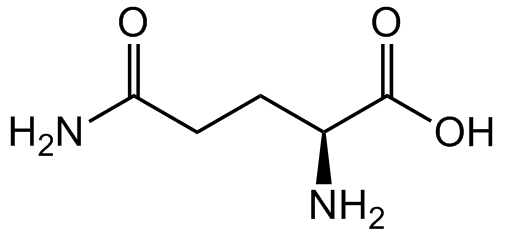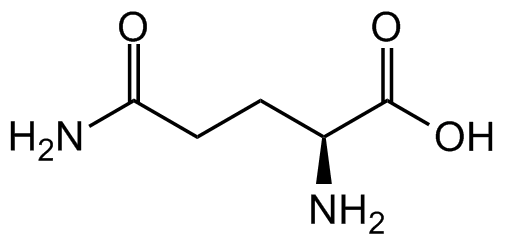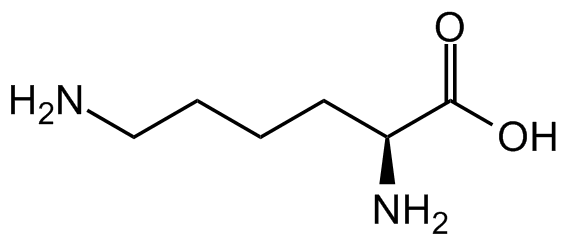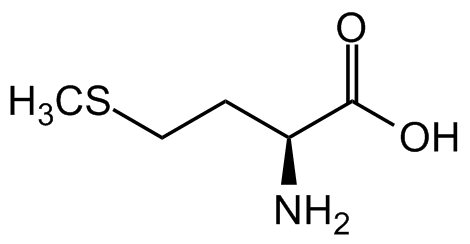
Chemical Structure
D-Aspartic acid
CDX-A0326
CAS Number1783-96-6
Product group Chemicals
Estimated Purity>99%
Molecular Weight133.1
Overview
- SupplierChemodex
- Product NameD-Aspartic acid
- Delivery Days Customer10
- CAS Number1783-96-6
- CertificationResearch Use Only
- Estimated Purity>99%
- Molecular FormulaC4H7NO4
- Molecular Weight133.1
- Scientific DescriptionChemical. CAS: 1783-96-6. Formula: C4H7NO4. MW: 133.1. Synthetic. Endogenous NMDA receptor agonist with similar activity to the L-isomer. Endogenous amino acid present in vertebrates and invertebrates, plays an important role in the neuroendocrine system, as well as in the development of the nervous system. Acts as a neurotransmitter/neuromodulator. Increases cAMP in neuronal cells and is transported from the synaptic clefts to presynaptic nerve cells through a specific transporter. In the endocrine system, D-Asp is involved in the regulation of hormone synthesis and release. Enhances gonadotropin-releasing hormone (GnRH) release and induces oxytocin and vasopressin mRNA synthesis in rats. In the pituitary gland, it stimulates the secretion of the hormones prolactin (PRL), luteinizing hormone (LH) and growth hormone (GH). Also involved in testosterone and progesterone release. - Endogenous NMDA receptor agonist with similar activity to the L-isomer. Endogenous amino acid present in vertebrates and invertebrates, plays an important role in the neuroendocrine system, as well as in the development of the nervous system. Acts as a neurotransmitter/neuromodulator. Increases cAMP in neuronal cells and is transported from the synaptic clefts to presynaptic nerve cells through a specific transporter. In the endocrine system, D-Asp is involved in the regulation of hormone synthesis and release. Enhances gonadotropin-releasing hormone (GnRH) release and induces oxytocin and vasopressin mRNA synthesis in rats. In the pituitary gland, it stimulates the secretion of the hormones prolactin (PRL), luteinizing hormone (LH) and growth hormone (GH). Also involved in testosterone and progesterone release.
- SMILESO=C(O)[C@H](N)CC(O)=O
- Storage InstructionRT
- UNSPSC12352200






![(-)-Aspartic acid [1783-96-6]](https://www.targetmol.com/group3/M00/03/7B/CgoaEWY7TYCEXxV4AAAAAPO4ES8796.png)